Crafted at Middleport Pottery since 1889, Burleigh ware passes through many skilled hands before it is finally imprinted with the Burleigh stamp of quality. In the third part of our ‘Meet the Craftsmen’ series, we visit Steve, one of our Casters here at Burleigh.
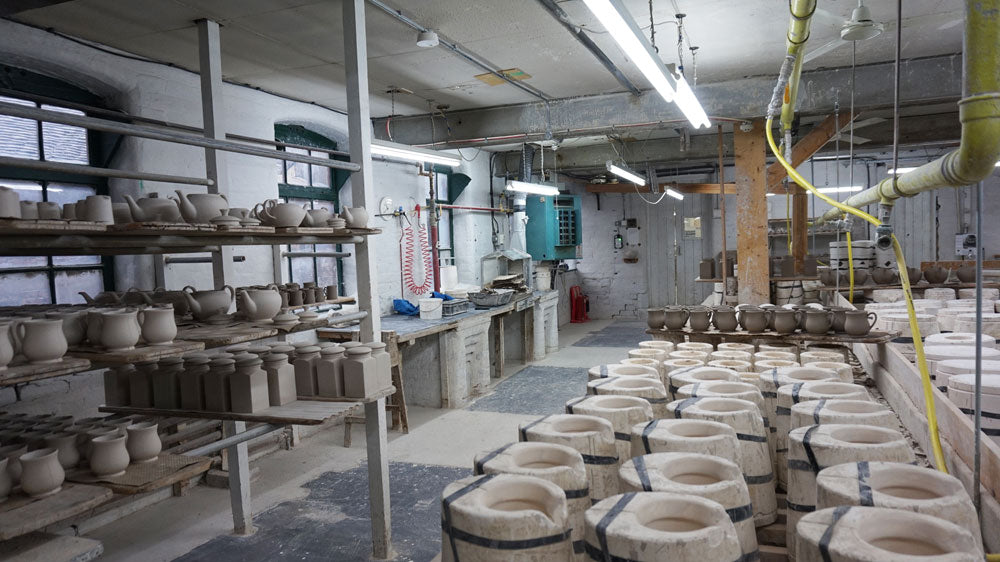

Steve joined the Burleigh team over seven years ago, and casts a wide variety of Burleigh hollow-ware in our Casting Shop. Using the slip clay, carefully monitored and prepared by Chris in our Sliphouse, Steve then pours the slip or liquid clay into the various plaster moulds. The clay thickens and sets around the inside of the mould and then the excess clay is poured away by Steve, which is transported back to Chris to reuse.
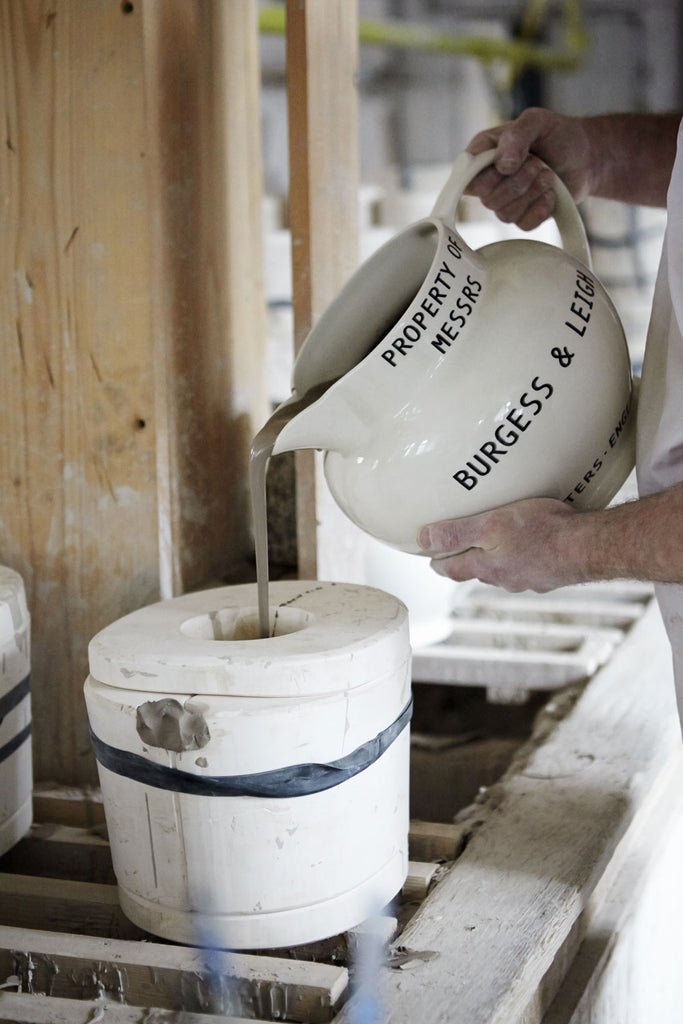

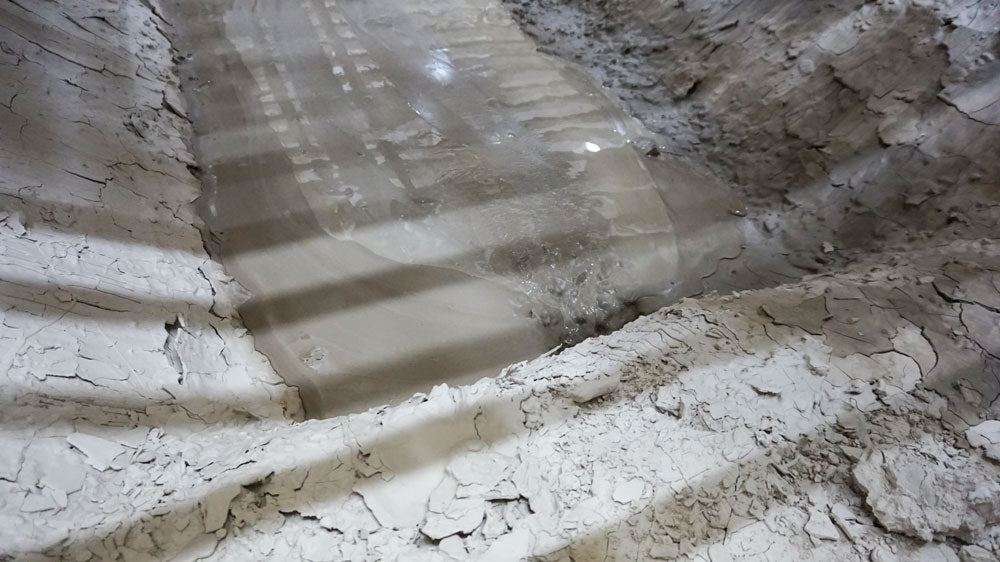
The moulds are left to dry for approximately one hour before Steve releases the formed pot, scraping and smoothing the edges as required. Once this has been done, the pots are dried overnight to strengthen and harden.


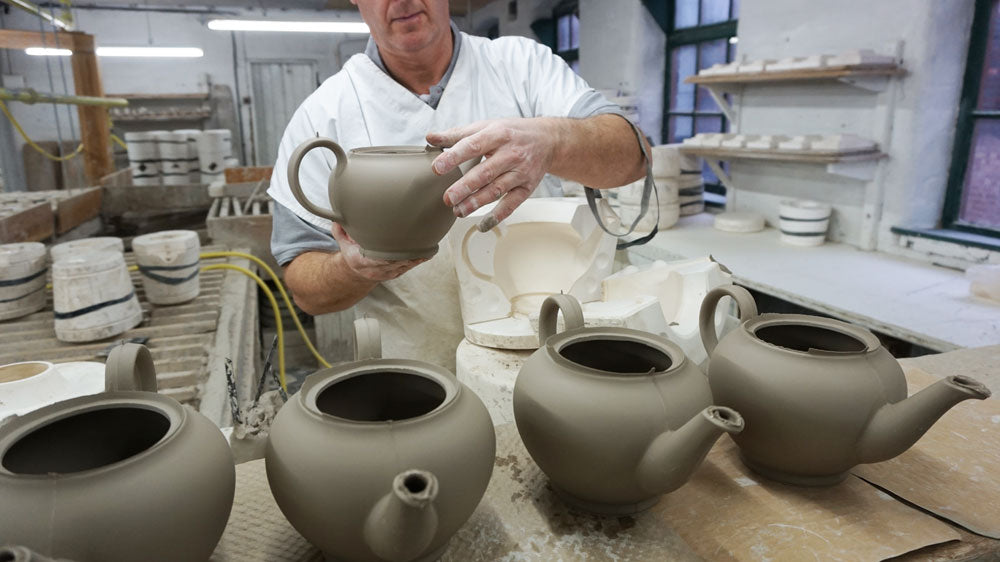
Every piece of Burleigh has its own method of casting with smaller items taking less time for Steve to cast, and larger shapes such as our footbaths, needing great care and precision. For instance, to insert the grid within each teapot, Steve casts the teapot shape and grid separately. The small clay grid is placed inside the mould prior to casting; this then remains suspended at the entrance of the spout inside the teapot. This is a special feature of our teapots that provides extra strength and most importantly, slows down the flow of tea ensuring every pour is regulated and drip-free. Steve says that he enjoys the variety that each shape presents, and especially likes working on new product trials.
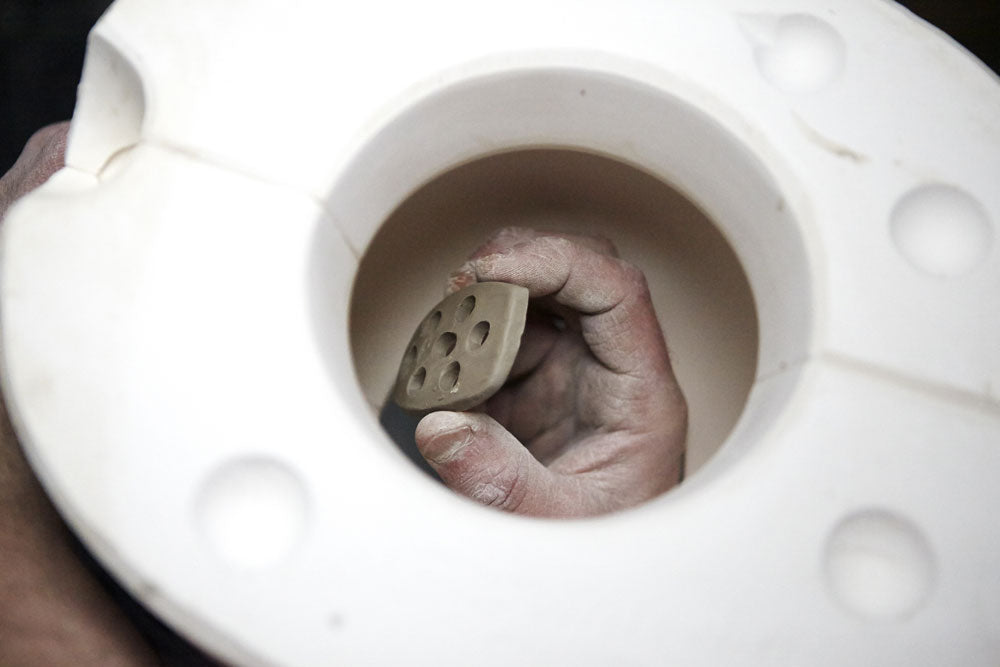
Once the Burleigh ware has been cast and dried overnight, it is next sent to our specialist team of Spongers.

